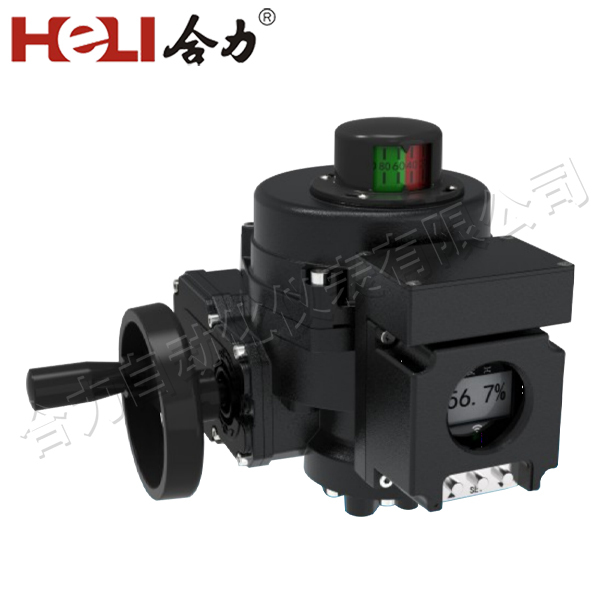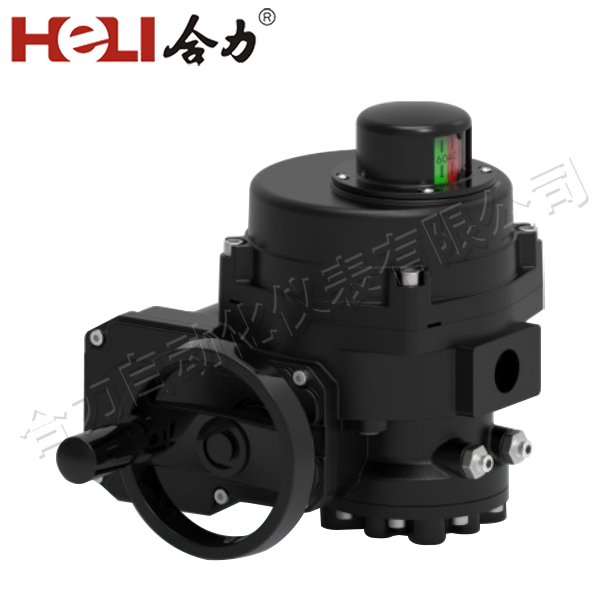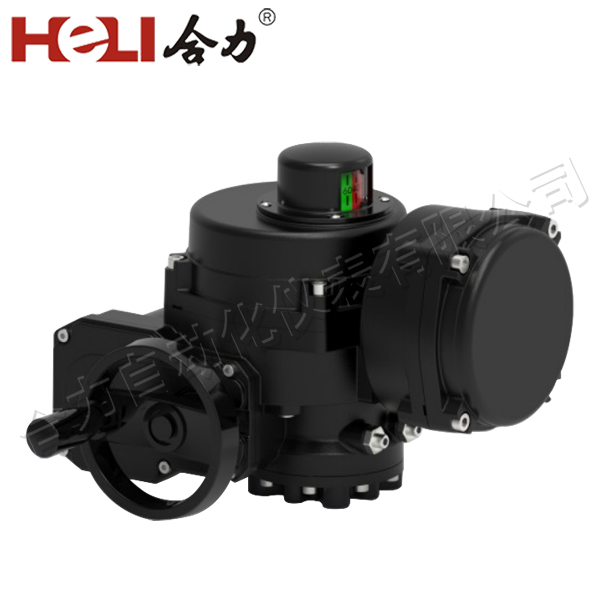Hydrogen energy has emerged as a promising solution for achieving a low-carbon, sustainable future, and the electrical installation of hydrogen energy systems plays a critical role in the efficient use of this alternative energy source. The ability to generate, store, and utilize hydrogen as a fuel presents numerous opportunities, but the infrastructure required for its application demands careful design, implementation, and safety protocols. This article explores the key components and considerations involved in Hydrogen Energy Electrical Installation systems.

1. The Role of Hydrogen Energy

Hydrogen is a clean fuel that, when used, produces only water vapor as a byproduct, making it a key player in reducing greenhouse gas emissions and combating climate change. The energy potential of hydrogen can be tapped through various processes, including water electrolysis, gasification of biomass, and natural gas reforming, with electrolysis being the most favored method in many sustainable energy scenarios. This clean hydrogen can be utilized in fuel cells to produce electricity, or it can be stored and used in industrial applications and transport sectors. The implementation of hydrogen energy systems requires a robust electrical infrastructure to manage the energy flows from generation to end-use efficiently. This is where Hydrogen Energy Electrical Installation becomes crucial.
